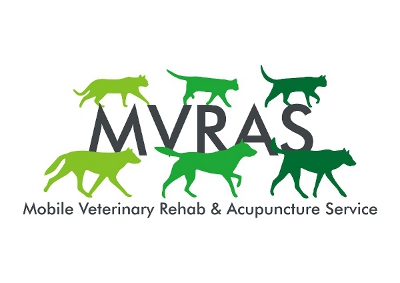
MVRAS information
Cranial cruciate ligament disease
The canine knee has four stabilizing ligaments, the two collateral ligaments are on either side of the knee and the cruciate ligaments are found in front (anterior or cranial) and in back (posterior or caudal) of the knee. The collateral ligaments protect against side-to-side motion and the cruciate ligaments protect against forward and backward motion. The cranial cruciate ligament (CCL) prevents the tibia from sliding froward underneath the femur. When the cranial cruciate ligament is stretched or torn, this forward motion can cause further injury to the meniscus. The meniscus is the shock absorber of the knee and rests between the bones to help prevent injury. During a rupture of the cranial cruciate ligament the meniscus can be injured as well. Injury to the CCL can lead to osteoarthritis due to the loss of normal joint function.The cranial cruciate ligament may rupture because of repeated injury due to a repetitive movement such as running to the side and stopping suddenly or stepping into a hole while running. The ligament can also be injured by increased stress on the joint due to obesity. Chronic excess weight can stretch the ligament, making it more prone to injury. However, all sizes of dogs can suffer from cranial cruciate ligament disease.
If the injury is sudden, your dog may be lame for several days to a week and then appear to recover. However, if the ligament is only partially torn, the damage can progress until your pet becomes lame, has difficulty rising from a seated position, and may eventually be unable to walk at all. There are surgical and medical treatments for CCL rupture. If surgery is selected, a process to help the strengthen the remaining ligament may be done or surgery may be performed to help reduce the stress placed on the ligament.
Physical rehabilitation can help to speed the return to function for your dog and make the recovery process easier. Acupuncture can help decrease pain and inflammation. If medical treatment is selected, physical rehabilitation will help increase your pet's balance and muscle mass which will help with decreasing pain and increasing mobility.
Pet Health Matters
contact:
drkelly@mvras.com All rights reserved © 2010-2023.